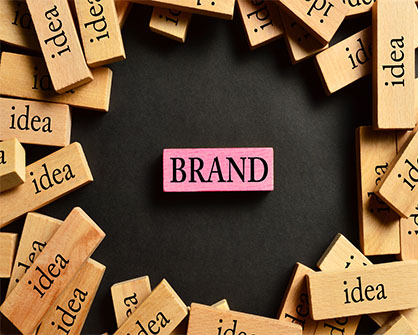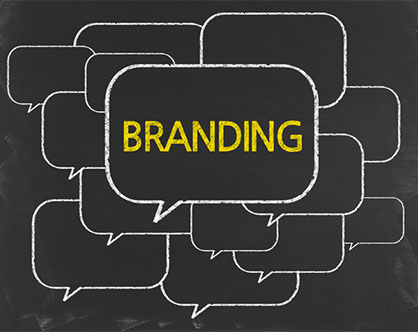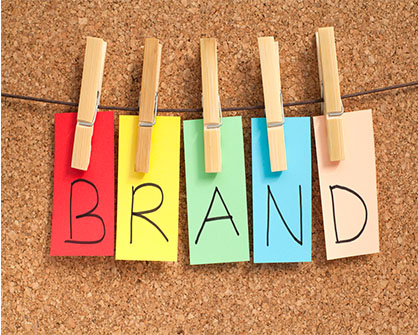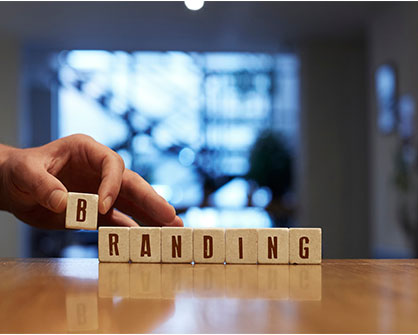Over the last few years, psychology and cognitive science have been taking an important role in design discussions, especially when it comes to User Experience and Interaction Design. But what does psychology really have to do with design? Is this just a fleeting new trend or do both fields of study really mix? To answer these questions we have to go back to the basics and ask ourselves – what is psychology?
How Psychology Impacts Your Design
According to Encyclopedia Britannica, we can define psychology as a “scientific discipline that studies mental states and behaviour in humans and other animals”, and if we go even further, they describe cognitive psychology as a “branch of psychology devoted to the study of human cognition, particularly as it affects learning and behaviour.”
If you come from a design background you probably know that design involves the conceptualisation and creation of new things, but much more than that – design is “a discipline concerned in planning the creation of a product or service with the intention of improving human experience with respect to a specified problem”. With that said, it’s impossible to design anything effectively if you don’t take into account human experience and consequently, the way people think. It’s the way people interact with the designer’s creations, how they perceive and how they appreciate it (or not) that will define if a product fits its purpose!
So that means every designer has to be a psychology expert? Of course not, but knowing the basics and trying to keep up to date with research on human behaviour and cognition will make their designs better by understanding the people that interacts with their designs. Of course this is not an easy job as the field is so vast, but let’s start with the basics!
The Basic Principles of Psychology on Design
Gestalt principles: This psychological theory explores how your brain tends to perceive the world around you. Some of its principles are:
- Similarity – If a user sees objects that look similar, they may automatically perceive them as individual elements of one group. That’s why in the picture below you see 3 lines of white dots and 3 of black ones and not a messy heap of circles.

- Closure – It’s the human eye’s tendency to see closed shapes even when they are not! Have you ever noticed the panda in the logo below is not complete as there are no lines on his back or head? Probably not!

- Proximity. When objects are placed close together, the brain perceives them as a group rather than seen individually even if they aren’t similar. That’s why you see the U in the logo below even when it’s made of lots of non-similar elements put together.

- Figure/Ground. This principle demonstrates the human tendency to separate objects from their background. The “figure” is always the most important piece of information, so you perceive the logo below as a basketball player in front of a blue and red background and not only as a hollow silhouette because the human figure has more importance than the other elements.

Von Restorff effect: This effect predicts that when multiple objects are present, the most different one is most likely to be remembered! That’s why we use different colors and shapes when we want to call attention to something, like those Call to Action buttons!
Hick’s Law: This law states that the more options users are exposed to, the longer it takes them to make a decision – causing unpleasant feelings. That’s probably why most designers like to keep things simple and present just one or two options.
As we said before those rules are just a tiny piece of the research involving psychology and design – these shouldn’t be taken as an invariable truth. Psychology is science and science involves testing and retesting hypothesis all the time. This means that what is a rule today can change completely tomorrow because behaviour changes just as people change! Isn’t this fascinating!
Inis Leahy, Graphic Designer





